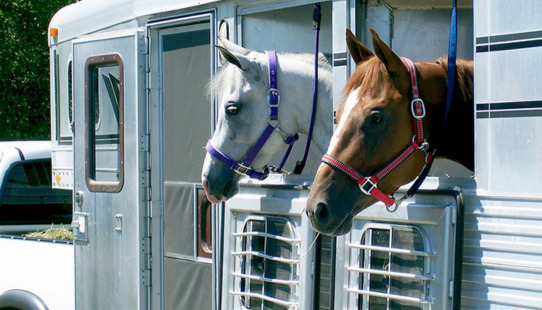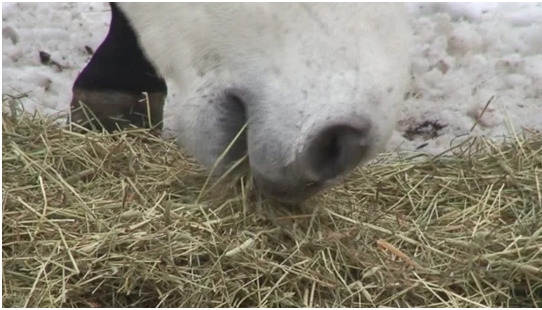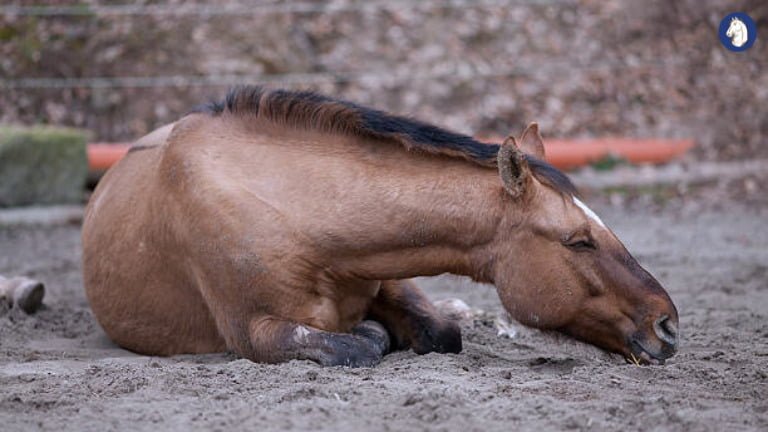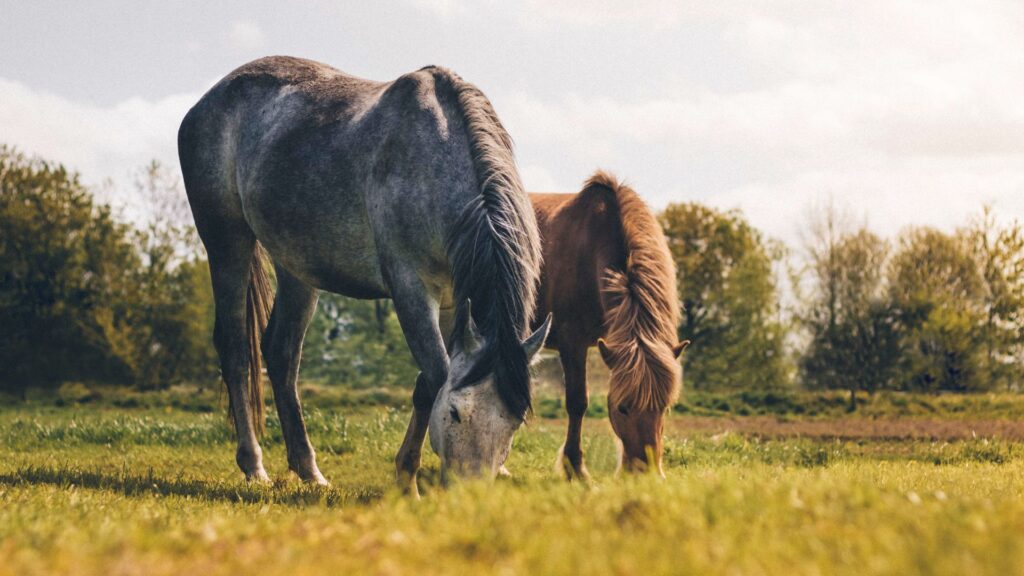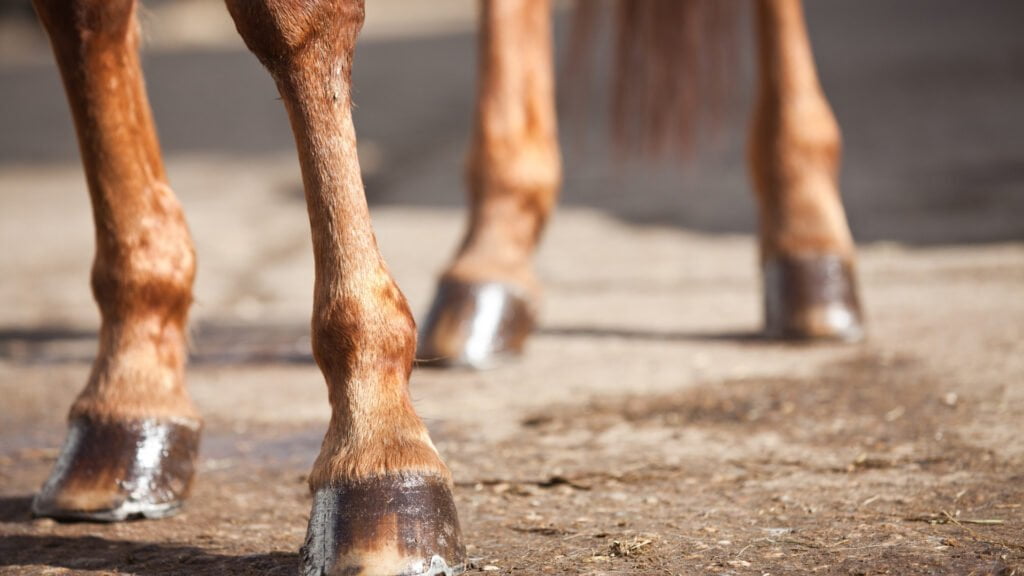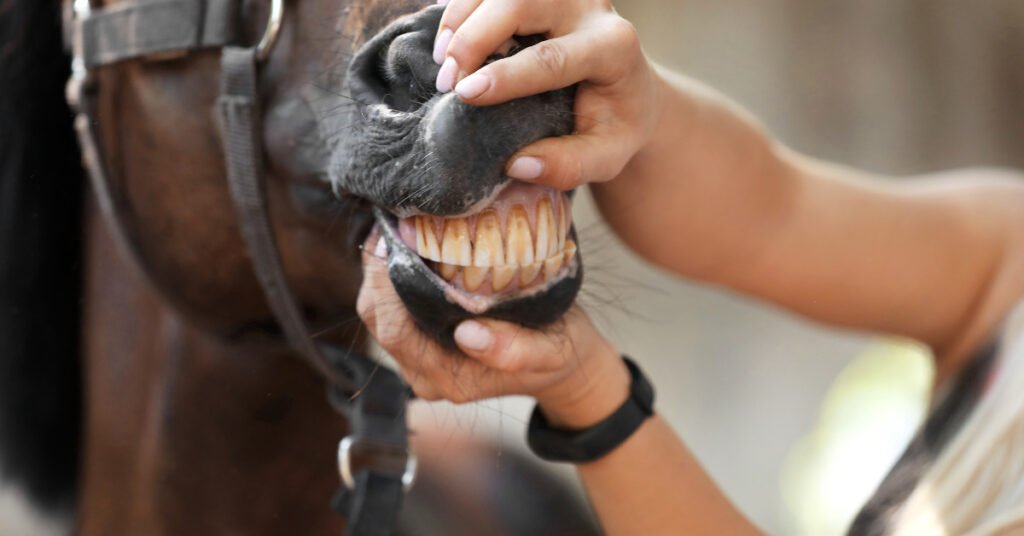Traveling With Your Horse
Horse owners know that traveling with your horse can be stressful! Whether you are heading across town or across the country for a horse show, clinic, camping or a trail ride, the key to minimizing your stress is to prepare and have a plan in place. Know where you are goingKnow how far the trip is, […]

